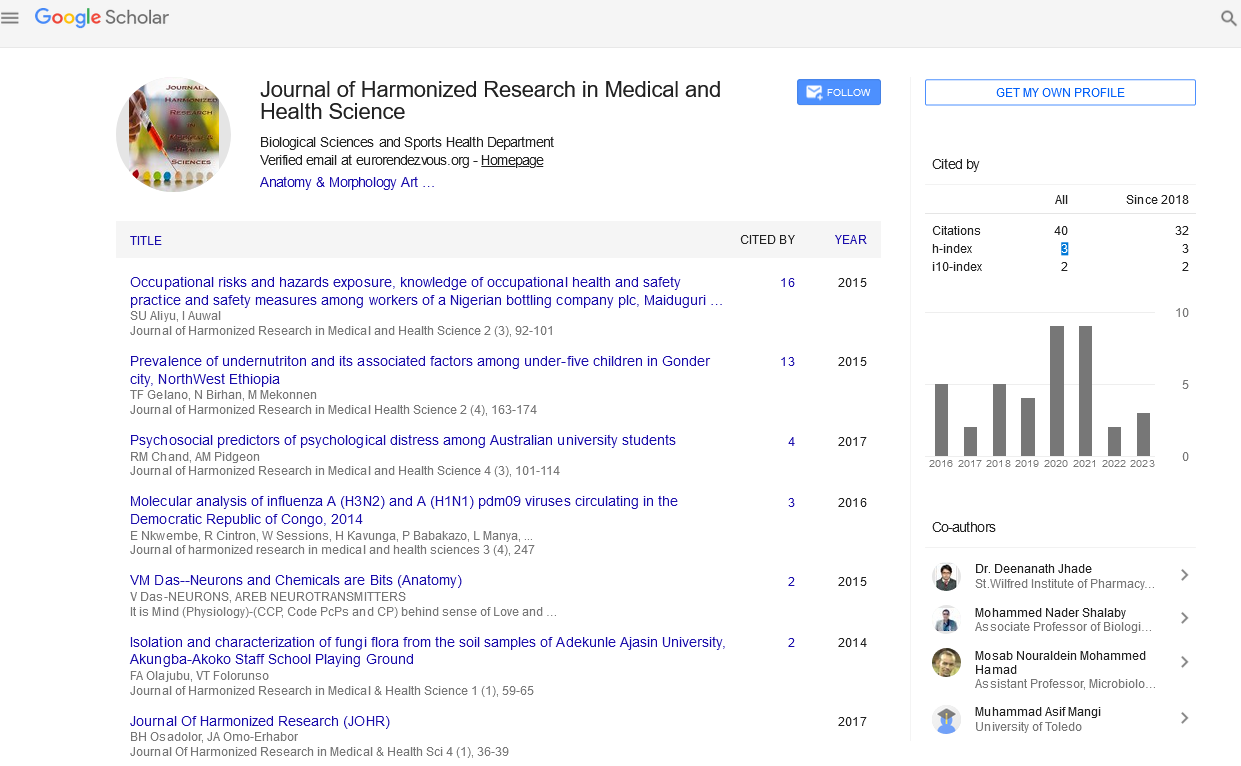Commentary - (2022) Volume 9, Issue 2
ANTIQUITY ECONOMIES: THE IMPACT OF ACADEMIC STUDY OF ECONOMIES
Alexey Willam*Received: May 27, 2022, Manuscript No. JHRMHS-22-70044; Editor assigned: May 30, 2022, Pre QC No. JHRMHS-22-70044(PQ); Reviewed: Jun 13, 0022, QC No. JHRMHS-22-70044; Revised: Jun 20, 2022, Manuscript No. JHRMHS-22-70044(R); Published: Jun 30, 2022, DOI: 10.30876/2395-6046.22.9.130
Description
Financial history is the academic study of economies or monetary occasions of the past. Research is performed using a combination of ancient strategies, statistical strategies and the software of financial theory to analyse ancient situations and establishments. The sector can encompass a wide range of subjects, which include equality, finance, era, labour, and enterprise. It emphasises historical zing the economic system itself, analysing it as a dynamic force, and attempting to provide insights into the way it is based and conceived. Using both quantitative statistics and qualitative sources, monetary historians emphasise the historic context wherein major financial activities took place in the region. They often focus on the institutional dynamics of structures of production, labour, and capital, as well as the financial system’s effect on society, way of life, and language. Pupils of the discipline may also approach their analysis from the perspective of different faculties of monetary concepts, which includes mainstream economics, Marxian economics, the Chicago school of economics, and Keynesian economics. It’s been anticipated that in the course of prehistory, the sector common GDP in step with capita changed into approximately $158 consistent with annum, and did no longer rise a lot until the industrial Revolution. The primary item or bodily issue especially used in a manner similar enough to the current definition of money, i.e. in trade, changed into cattle. With the aid of the third millennium BC, ancient Egypt was home to nearly 1/2 of the worldwide population. The town states of Sumer developed a trade and marketplace financial system based totally at the start on the commodity money of the shekel, which became a sure weight degree of barley, even as the Babylonians and their city state neighbours later evolved the earliest system of prices through the usage of a metric of various commodities that became constant in a criminal code. Sumer’s early regulation codes are thought to be the first monetary regulation, and they contained many features that are still used in today’s rate system. Temples are history’s first documented creditors, beginning in Sumer within the third millennium. Later, through their embassy features, they legitimised earnings in search of change as well as through being a chief beneficiary. According to Herodotus and most contemporary scholars, the Lydian’s were the primary people to introduce the use of gold and silver coins around 650 BC. The first economist is considered to be Hesiod, by virtue of his having written on the essential difficulty of the shortage of sources in Works and Days. Consequently, India and China accounted for more than half the size of the arena financial system for the following 1,500 years. In spite of the high GDP, these countries’ being foremost population centres did not have significantly better GDP in line with capita.
Conclusion
For a long time, the world financial system slowly improved with the increase of the population and alternate for a while, throughout the early duration of the centre, Europe became a monetary backwater. However, rich trading cities in Italy emerged during the later mediaeval period, developing the first modern accounting and finance systems. Because of large amounts of electricity converted during the Industrial Revolution, monetary growth in the current occurred first in Britain and then throughout the rest of Europe. Throughout the twentieth century, the financial boom spread to all areas of the world, while global GDP per capita quintupled. The best increase occurred in the 1960s, at some point during post-war reconstruction. Basically, delivery bins revolutionised trade in the second half of the century by making it less expensive to move items, especially internationally. These profits are no longer distributed evenly around the world; there are still many countries where people, particularly children, die from preventable diseases such as rotavirus and polio. The incredible recession came about from 2007 to 2009. Since 2020, economies have suffered from the COVID-19 recession.










